

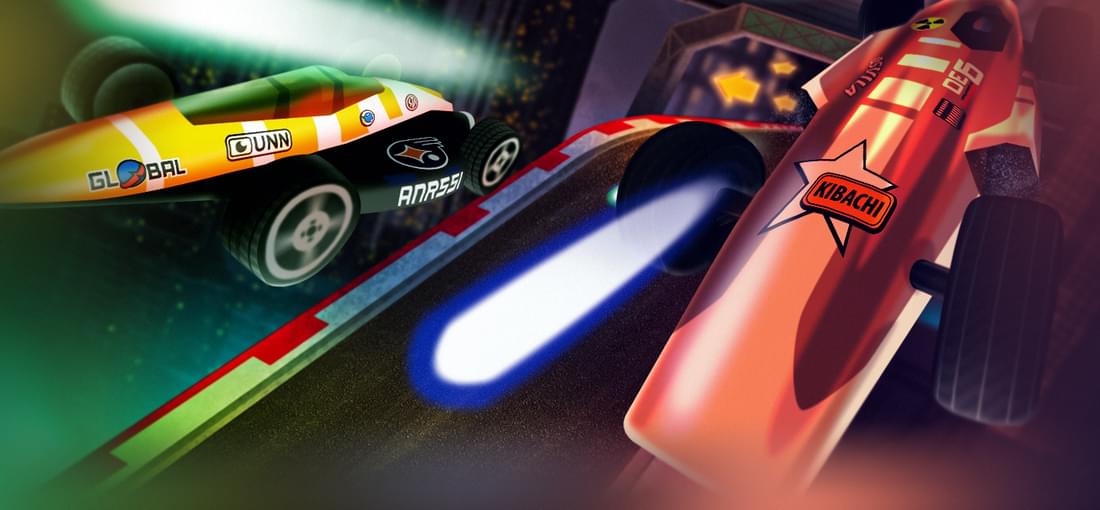
First of all, some words of advice on how to get this game to run well: Go into the nGlide configuration tool and set renderer to DirectX instead of Vulkan. Inside the game, go to settings, graphics, customize, and set everything to maximum. Without doing the former, parts of a specific track won't render, and without the latter the game will crash a lot. Originally released in 1998, Dethkarz set the bar for futuristic racing games with weapons very high. It strikes a very peculiar balance between requiring good racing skills and rewarding smart use of weapons and power-ups. For instance, it can be advantageous to let an opponent pass by, just to get the chance to blast him away. While the driving physics are far from realistic, they allow for stunts and maneuvers that are simply plain fun. And even though there are only four cars in total, they all handle quite differently, and thanks to the tight controls, any mishaps are always one's own faults. There are just four base tracks in the game, each of which comes in three variations, for a grand total of twelve tracks. They all vary both in their looks and layout, with the difficulty steadily increasing with every new track and variation. Initially, only the short variants are unlocked, and one has to win a championship to unlock more. The requirements to do so are fairly steep, so in order to unlock everything, dialing the difficulty down may be necessary. At the same time, the rush of adrenaline when you're in the last race and duking it out on a highly challenging track is like no other. The only thing worthy of criticism is the lack of content. Once you've unlocked everything, which won't take more than a couple of hours, there isn't much left to do in the game. Still, getting there is a very fun experience, so for those infatuated with this kind of game, Dethkarz is an easy recommendation.

Being an avid Earth 2150 fan, I was really pumped for 2160 when it released back in 2005. However, for whatever reason, I could not get into the game at all, and quickly dropped it in favor of good old 2150. Almost two decades later, I found myself eager to re-visit this game and give it a proper chance after all. And while not a perfect game still, I really enjoyed my time with 2160. Compared to 2150, 2160 is both more and less complex. Some gameplay systems have been simplified or done away with (ammunition, tunnels), while others have been expanded upon (rock-paper-scissor mechanics). Furthermore, the factions now are differentiated not only in regards to available technology, but also in how they build their base and such. As a result, the factions do play quite differently, though the balancing leaves something to be desired. This doesn't really come into play during the campaign, where things are much more lenient, but in multiplayer/skirmish, 2160 can feel a bit unfair at times, especially since the AI cheats. Speaking of, the campaign is pretty good. Earth 2160 comes from an age when every RTS had to have hero units, and in this case, the narrative likewise centers around these heroes. The story isn't particularly memorable, but picks up plot lines from previous installments such as Lost Souls. The missions are nicely varied for the most part, and since there are only seven of them per faction, it never gets stale or repetitive. Curiously, the first campaign is actually the hardest, whereas the last one is the easiest. Visually, Earth 2160 is still surprisingly nice to look at. The explosions in particular manage to impress, and even a full day/night cycle with wandering shadows is present. The fact that every new weapon or armor is properly visible and animated on units is neat, too. The English voice acting, on the other hand, is at most tolerable. In short, if you liked 2150 and aren't afraid of a lack of hand-holding, 2160 is well worth playing.

Nightdive Studios did a pretty good job on this version. Direct3D looks good and can be run in widescreen resolutions, although the UI does not scale and thus becomes almost invisible at higher resolutions. Glide support is provided through nGlide, which looks slightly better but the UI will be stretched in widescreen. Both Direct3D and Glide run well for the most part, aside from some odd spots where FPS tank for no apparent reason. Developed by Legend Entertainment, who did the excellent Unreal add-on Return to Na Pali before, The Wheel of Time is best described as an FPS with spells instead of guns. Only some of the spells are directly offensive, while others enable one to levitate, shift through solid matter, or swap places with an enemy, which are typically used to solve the puzzles. There are also several defensive spells, which become important when fighting other spell users. These almost play like an FPS version of mage duels in Baldur's Gate, with certain protections canceling others. Outside of these magic duels, the combat is rather stale, however, as for the most part, only three or four offensive spells are typically used. The player is also forced to mix things up as ammunition is strictly limited. Visually, the game is a feast. At times, I felt like I was playing an Unreal mod, but that's not a bad thing. There is something about the lighting in the first Unreal engine that makes games built on it still look surprisingly good. The level design is very linear for the most part, but occasionally there are more open spaces that reward exploration. The biggest issue I have with the game is how much it relies on quicksaving. WoT isn't particularly challenging, but against some enemies, encounters can go horribly wrong very quickly, so restarting those is often a necessity. If it weren't for the frequent reloading, the game could be beaten in less than five hours. Still, if you don't mind this type of design, The Wheel of Time is well worth playing.

First things first: The game works fine out of the box, but make sure to delete or rename ddraw.dll in the main folder. IWD2 is said to have had a rushed production, and it definitely shows. Apparently, the team at Black Isle had trouble getting the (at the time) freshly released D&D 3rd edition rules to work with the trusty old Infinity Engine, which powered Baldur's Gate I and II, Planescape: Torment, and the first Icewind Dale game before. Still, even though IWD2 cannot hold a candle to either of those games, there is still plenty to enjoy for fans of CRPGs. Much like in IWD, one gets to create a whole party from scratch, which requires having a firm understanding of the 3rd edition ruleset. While there are preset parties, coming up with a custom party is what makes these games so endearing in the first place. The first few chapters taking place in the town of Targos and beyond are easily the best parts of the game: challenging, atmospheric, and filled with a healthy amount of dialogue and narrative. The talking soon dries up, however, and the game instead turns into a linear dungeon crawler. The linearity is not a bad thing, though, as it allows the developers to create carefully curated encounters that require proper tactics to beat. Past the fourth chapter, however, things start to become dull. One gets to re-visit locations from the first IWD, including reused assets, and in order to keep those fresh, the developers decided to fill them with utterly boring puzzles. A lot of this is just tedious padding bar of any actual challenge, aside from testing one's patience. The only reason the game remains tolerable during those parts is how solid the foundation is. The Infinity Engine never looked better, Inon Zur's score is simply beautiful, and the character system is pleasantly complex throughout. Overall, I consider IWD the better game, but if you've already beaten that one and want more, IWDII is well worth playing.
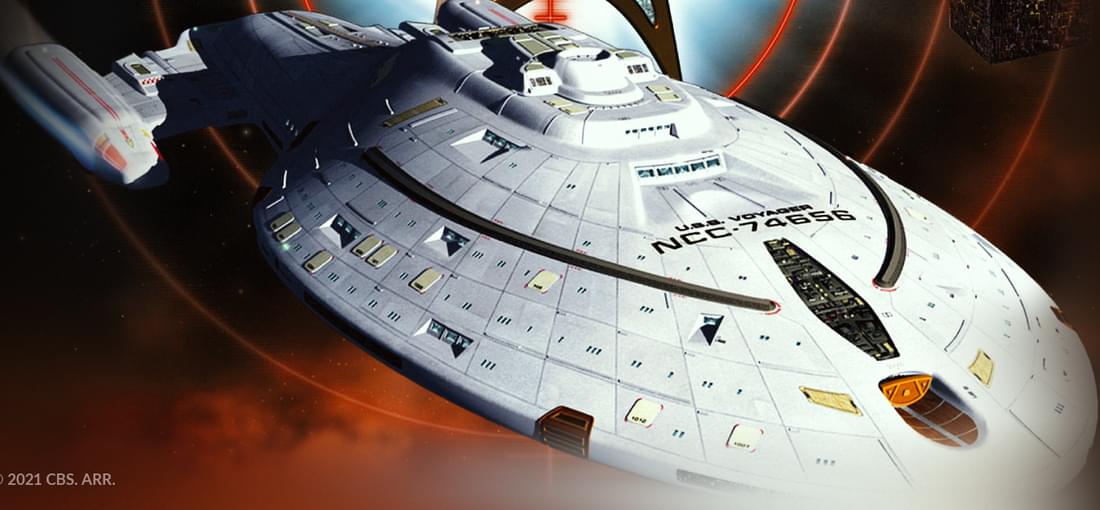
Back in 2000, Star Trek was roaring and Activision busy making use of their license. While several of these efforts were forgettable, Voyager Elite Force is one of the gems of this era. In terms of its structure and plot presentation, the game basically functions as an extended TV episode. You attend briefings, get to pick up your weapons, beam somewhere, do your job, beam away, debrief, and so on. Even for today's standards, Elite Force is a surprisingly immersive experience, and both the locations you get to visit as well as the things you're doing are nicely varied. There is even an extended stealth section in the game, which works surprisingly well and doesn't feel forced at any point. Nice visuals, authentic sounds and voice acting, and neat level design complement each other perfectly. I was also positively surprised by some of the scripted events, along with the robust companion AI. That said, Elite Force isn't perfect. For one, the game simply isn't challenging enough. Health and ammo are everywhere, and since 80% of the enemies have no ranged attack, they do not pose any threat whatsoever. To compensate, enemies at times swarm the player by the dozens, which is rather silly and still not challenging. The second big issue is how short the game is. Elite Force can be beaten in less than four hours on the highest difficulty, and that's while taking one's time to soak in the atmosphere, talking to crewmates, and so on. And while the GOG version comes with the expansion, that one can be beaten in half an hour. All the expansion has to offer is exploring the Voyager levels already familar from the main game and two lazily put together holodeck levels. Unfortunately, the GOG version still requires tinkering with config files and applying a patch to get proper widescreen resolutions going, which is why those who still have their original CD may feel free to continue using that one. Those who don't, however, should definitely consider getting Elite Force.
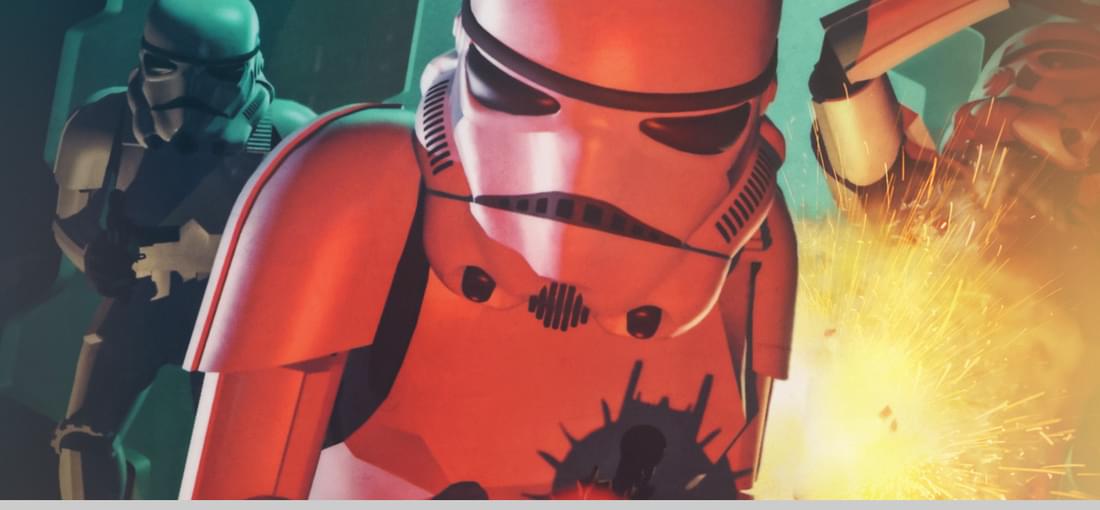
Thus far, two options for playing Dark Forces existed. Either in DOSBox, which is bundled with the GOG version, or in DarkXL, which is a source port. The latter option wasn't bad but quite buggy. Thankfully, the author of DarkXL recently released The Force Engine, which is a reverse-engineered source port featuring a GPU renderer, save system, perspective-corrected pitch, fully remappable controls, and more. Using this source port, Dark Forces is finally able to shine. The biggest improvement is the save system. Originally, the game only had a checkpoint system with multiple lives. Between unforgiving platforming, deadly mines everywhere, and some nasty enemy placement, running out of lives and soft-locking yourself out of progressing the campaign was very much a possibility. With the save system, this is no longer a concern, which elevates the game greatly. Dark Forces itself is plain good. The levels are vast, nicely textured, and even though progression can be cryptic at times, their architecture always follows a logic. Both sounds and music are true to the movies, and the same goes for the story -- one even gets to steal the Death Star plans in the first mission, and in less than five minutes no less (eat your heart out, Jyn Erso!). In general, despite the graphics being so basic, Dark Forces absolutely nails the Star Wars atmosphere. Dark Forces is a game made during Star Wars's golden age, and just oozes the classic feel of the original trilogy throughout. The shooting never stops being fun, as both the enemies and weapons are nicely varied. To my own surprise, I've also enjoyed the puzzles, which introduce some much needed variety without being overly difficult. In short, if you're a Star Wars fan and like FPS, Dark Forces is well worth playing, provided you're using The Force Engine. It also serves as a great introduction leading into Dark Forces II: Jedi Knight, which is an even better game.
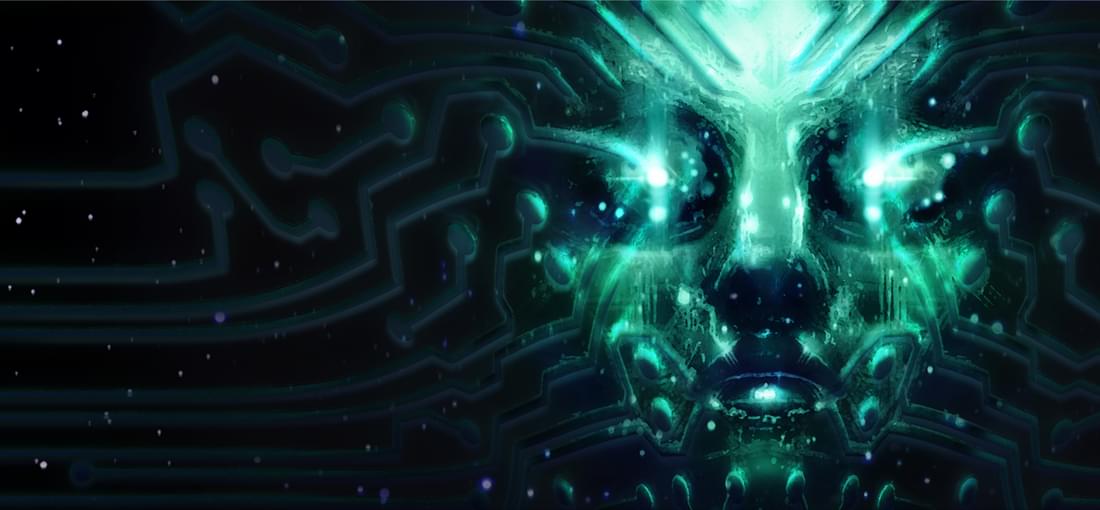
Coming fresh off finishing SS1, I couldn't help but give the remake a try. Generally, I do think Nightdive did a good job, but some things were a bit off nonetheless. * Where's the iconic intro? It set the tone and story of SS1 perfectly, yet the remake only has some bland introductory text. * Melee combat feels underwhelming. * Too many lengthy animations for basic task such as healing. * In SS1, scanning a room for valuable items took mere seconds. The remake has much more junk lying around, forcing one to carefully inspect every inch, which gets tedious quickly. * The UI is decent, but a lot of the information conveyed in SS1's UI is missing, and the SparQ being locked to just three settings is criminal. * Instead of an updated rendition of the original MIDI soundtrack, the remake only has a new and unremarkable ambient soundtrack. It feels like something is missing. * Weirdly enough, the voice acting is quite a bit weaker than in the almost 30 years old original. This even includes Terri Brosius as SHODAN, whose performance lacks the layer of maliciousness that made the original so enthralling. * The Cyberspace section was hard to stomach. It is even busier visually and more confusing than the original one, albeit without the cool things you could find in it, and an aesthetically blander depiction of the innards of a computer. * It seems like the remake has fewer yet stronger enemies than the original, coupled with scarcer ammunition. While a sound approach, I can't help but notice that the levels feel a bit empty as a result. I'm also unsure what to think about the newly introduced Cyborg Mantis enemy type. It just looks out of place and poses no challenge whatsoever. Visually, the game is very well done, and for the most part, the levels are recreated faithfully, which I appreciate. I also like how the puzzles have been reimagined. Still, given the choice, I'd play the original any day over this.
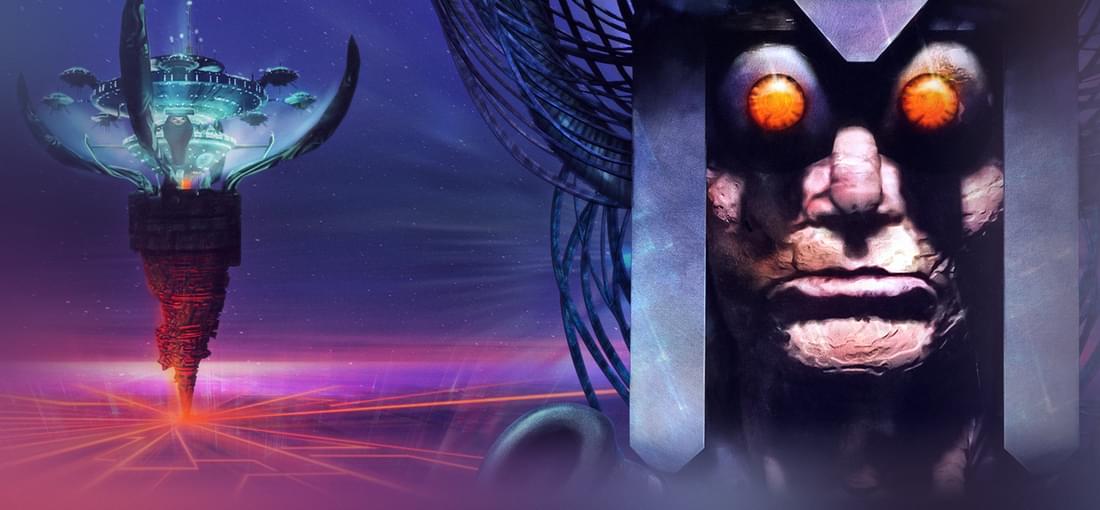
For some reason, System Shock 1 still tends to get overlooked in favor of its more popular sequel. This is doubly curious given that SS1 is arguably the better game. While SS2 leans heavily into RPG territory with its skill system, SS1 is a much more straightforward and focused experience. Unlike in SS2, the shooting doesn't take a backseat, as the game is very much an FPS at its core. That said, SS1 goes far beyond Doom and other FPS of its time. The levels are vast, open, and heavy on exploration, despite the path ultimately being determined. Furthermore, the environments aren't as abstract as in Doom, instead looking organic and believable, yet still imaginative. Throughout the game, one gets various neural implants augmenting the abilities of the player as well as a broad arsenal of weapons, whose effectiveness against certain enemy types varies. The game is challenging throughout yet always fair, and there is even the ability to adjust the difficulty of certain elements such as puzzles or combat independently, which is nothing short of incredible for a game released in 1994. As engaging as the gameplay is, the biggest draw of SS1 is the story. Unlike in SS2, where one had to do the bidding of a murderous rogue AI, SHODAN is the antagonist for the entirety of the game. The story unfolds in various audio logs, coupled with SHODAN mocking and taunting the player at every opportunity. Owing to Terri Brosius's stellar voice acting and the brilliant writing, SHODAN is easily one of the most memorable and unique villains in gaming. Most importantly, the game does not overstay its welcome, and ends before becoming repetitive, which is something SS2 didn't succeed in. As for the Enhanced Edition, Nightdive once again did an excellent job, albeit with a caveat. On the latest version, there is heavy stuttering when panning the view unless FPS are locked to 30. Thankfully, GOG allows one to conveniently roll back to earlier versions, where this issue does not exist.
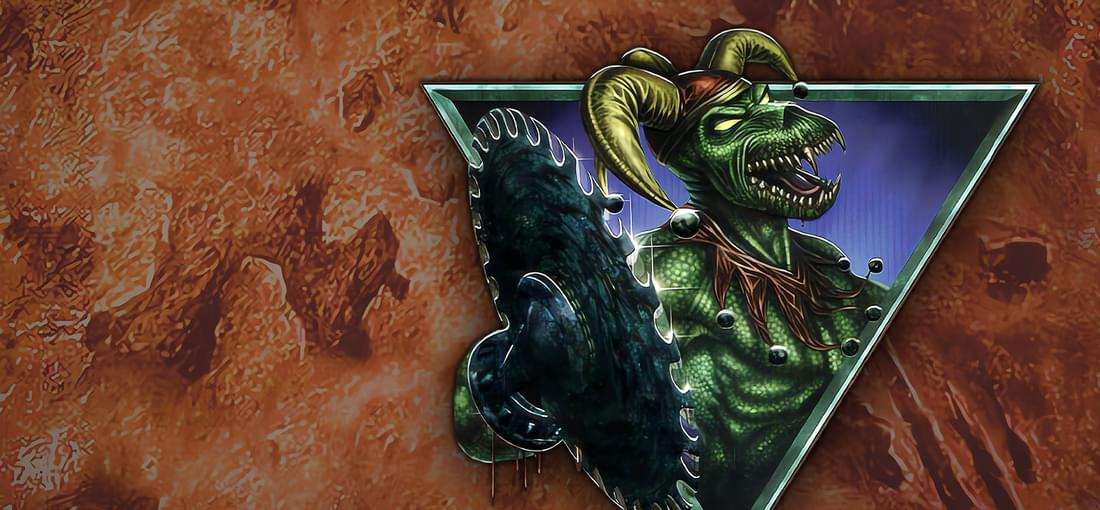
Back in 1997, Chasm left many people unimpressed. Often called "a poor man's Quake," Chasm is a much more interesting game re-released 25 years later. In retrospect, it is quite amazing how well the game has aged. Chasm still looks surprisingly good to this day, with assets being more detailed than in Quake, yet looking sharper and more appealing than the texture-filtered environments from Quake II. Both visually and in regard to the sound design, Chasm of course is highly reminiscent of Quake, but considering that Quake is one of the best FPS ever made, one could think of a worse game to take inspiration from. In terms of gameplay, Chasm is a very basic game. Aside from running and shooting, there isn't much depth to the game, and while the enemies are varied, their attack patterns aren't. Most are restricted to melee or slow projectiles, which can be dodged with ease. The only thing that makes the engagements are bit more interesting is the dismemberment system, which allows one to shoot limbs or heads off, often depriving enemies of their weapons in the process. The more challenging part is finding the level exit. While not exactly puzzle-heavy, Chasm requires the player to be attentive of their surroundings, especially when it comes to the boss fights, which cannot be won through sheer firepower alone. This brings me to the main issue with Chasm. Depending on how quickly the level exit is found, Chasm can be beaten in less than three hours. The add-on adds maybe 20 minutes of extra gameplay, but that's about it then. Still, Chasm has a certain charm to it, and while I wouldn't buy this at full price due to how short it is, Chasm is a game well worth playing nonetheless.

First things first: The version here on GOG works perfectly. You'll have to be content with non-widescreen resolutions and a tiny UI, but in terms of stability, I have no complaints. The same cannot be said about the game itself. Considering how much time the shows spend on a bridge, I've always found the concept of Bridge Commander intriguing. In practice, however, the concept doesn't hold up. For the majority of the campaign, there are three possible types of action: (1) Combat (2) Warping from system to system, searching something (3) Listening to cutscenes or dialogues The emphasis here is on "listen." Despite being the captain, you don't get to say a single word. In fact, your agency boils down to selecting which ship to fire on, adjusting system power distribution, and prioritizing repairs. For 90% of engagements in the game the abilities of your tactical officer are entirely sufficient. For later missions, you're pretty much forced to pilot the ship yourself, which unfortunately also breaks the immersion of being the captain. Furthermore, controlling the ship feels very awkward, making this option even more unappealing. The plot is shallow and generic to where I've found myself quite bored by the endless talking. The game also lacks polish. It's not uncommon that you're forced into a cutscene while you're still on red alert and your main battery is running low. Dialogue of your bridge officers frequently overlaps with cutscene dialogue, and even in critical combat situations, the viewscreen will be occupied by people hailing the ship. For the most part, the game is easy. Occasionally, however, the difficulty ramps up out of nowhere, and you're given a time critical or otherwise difficult task. If you don't know the solution to such a situation, you immediately lose, and since there is no manual saving, you're often forced to replay 15 minutes worth of combat and dialogue over, and over, and over again. This is called trial and error, and it's not fun.